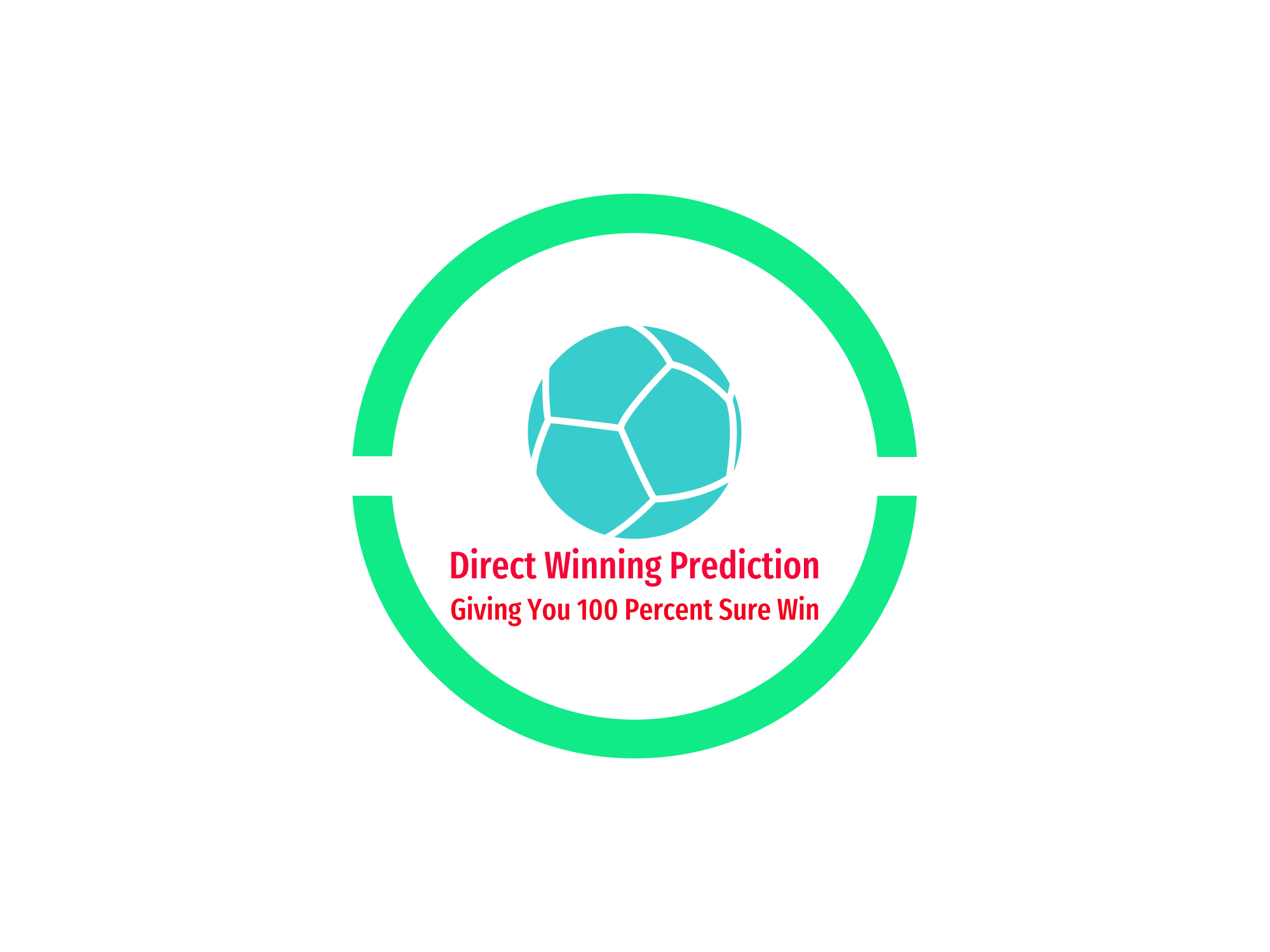Direct winning prediction, also known as predictive analysis, is a technique that leverages data, statistics, and sometimes even intuition to forecast the likelihood of a specific event occurring. Whether it’s predicting the winner of a sports match, the performance of a stock, or the outcome of an election, mastering the art of direct winning prediction can yield significant rewards.
Understanding Predictive Analysis
Predictive analysis involves analyzing historical data, identifying patterns, and using those patterns to make educated guesses about future events. It’s not about guaranteeing outcomes but rather about assessing probabilities and making informed decisions based on those assessments.
The Role of Data
Data lies at the heart of predictive analysis. From sports statistics to financial indicators, the more data available, the more accurate the predictions can be. However, it’s crucial to ensure the data used is relevant, accurate, and up-to-date to avoid skewed results.
Techniques for Direct Winning Prediction
Statistical Models
Statistical models form the backbone of many predictive analysis techniques. These models use mathematical algorithms to analyze historical data and generate predictions. From linear regression to machine learning algorithms like neural networks, there are various statistical techniques employed depending on the nature of the prediction task.
Expert Analysis
In some cases, human expertise plays a significant role in direct winning prediction. Experienced analysts or sports pundits may use their knowledge of the game, industry trends, and insider information to make predictions that algorithms alone might miss.
Applications of Direct Winning Prediction
Sports Betting
One of the most common applications of direct winning prediction is in sports betting. Predictive models analyze factors such as team performance, player statistics, weather conditions, and historical matchups to forecast the outcome of a game.
Financial Markets
In finance, predictive analysis is used to forecast stock prices, currency exchange rates, and market trends. Traders and investors rely on these predictions to make informed decisions about buying, selling, or holding assets.
Challenges and Limitations
Data Quality
One of the primary challenges in predictive analysis is ensuring the quality and reliability of the data. Inaccurate or incomplete data can lead to flawed predictions and costly mistakes.
Overfitting
Overfitting occurs when a predictive model performs well on the training data but fails to generalize to new, unseen data. Avoiding overfitting requires careful model selection and validation techniques.
Conclusion
Direct winning prediction is a powerful tool with applications across various industries. By leveraging data, statistical models, and human expertise, individuals and organizations can make more informed decisions and gain a competitive edge. However, it’s essential to remain vigilant of the challenges and limitations inherent in predictive analysis to ensure accurate and reliable predictions.
FAQs
- How accurate are predictive models in sports betting? Predictive models can vary in accuracy depending on the quality of the data and the sophistication of the algorithms used. While no model can guarantee 100% accuracy, many advanced models achieve high levels of predictive power.
- Can predictive analysis be applied to non-sports-related fields? Yes, predictive analysis is widely used in fields beyond sports, including finance, healthcare, marketing, and more. Any domain with sufficient data can benefit from predictive modeling techniques.
- What steps can I take to improve the accuracy of my predictive models? Improving the accuracy of predictive models requires attention to data quality, feature selection, model tuning, and validation techniques. It’s essential to continually refine and update models based on new data and insights.
- Are there ethical considerations associated with predictive analysis? Yes, ethical considerations such as data privacy, bias mitigation, and transparency are crucial in predictive analysis. It’s essential to use data responsibly and ensure that predictions do not perpetuate discrimination or harm.
- How can I get started with predictive analysis if I’m new to the field? Getting started with predictive analysis involves learning basic statistics, programming languages like Python or R, and familiarizing yourself with common machine learning algorithms. There are many online resources, courses, and tutorials available to help beginners learn the fundamentals.
